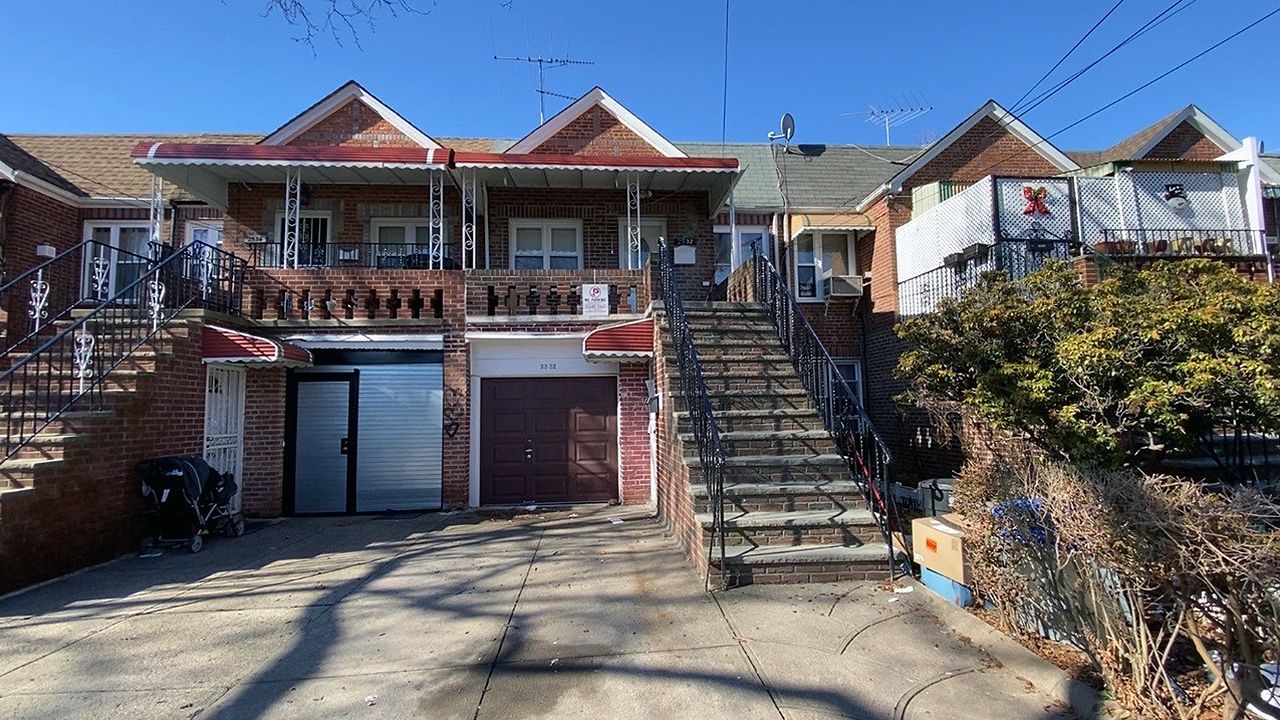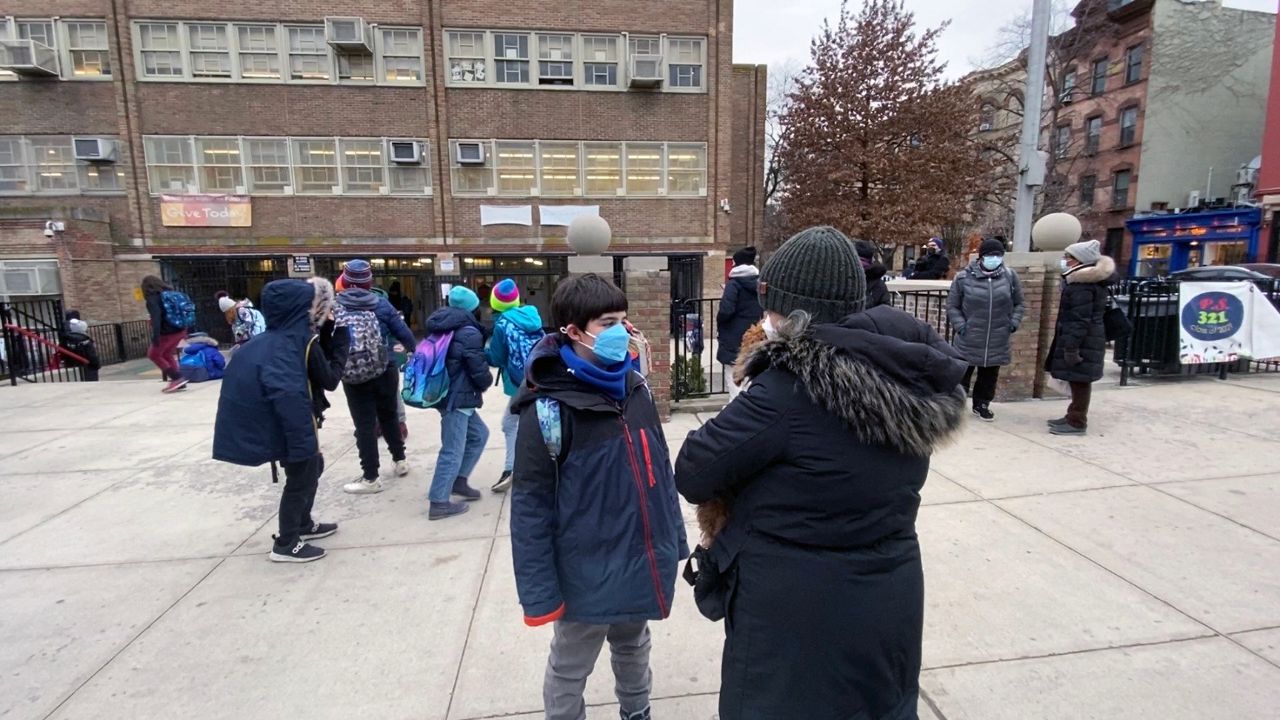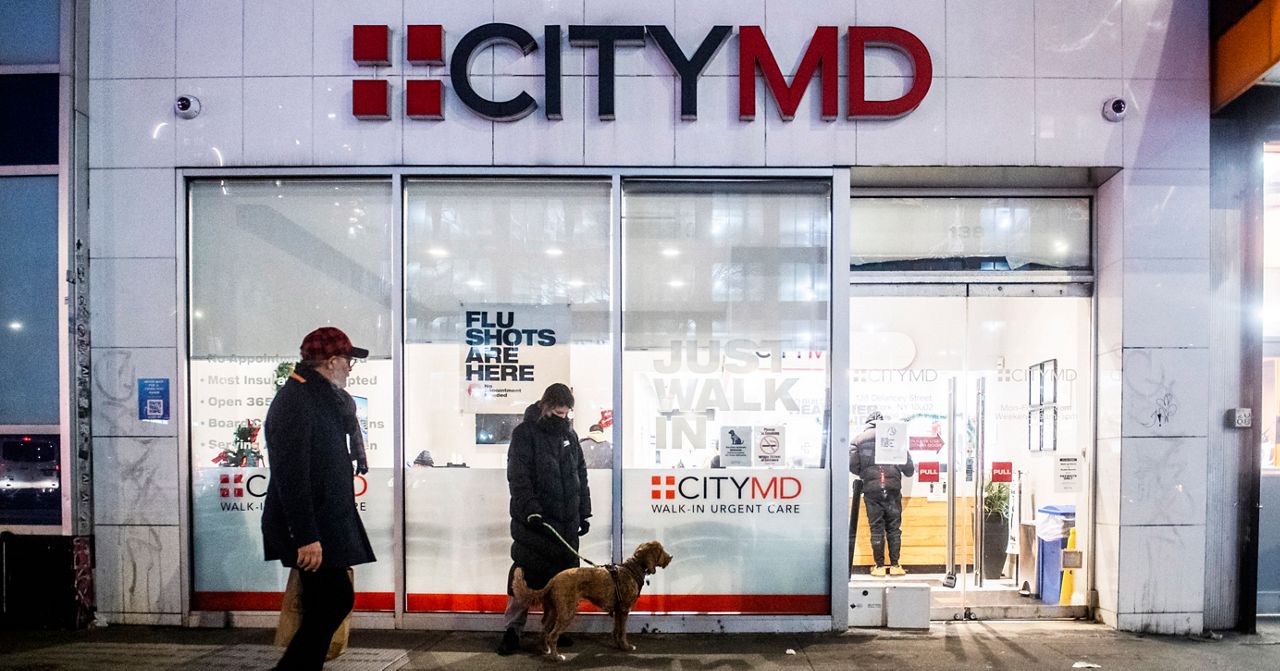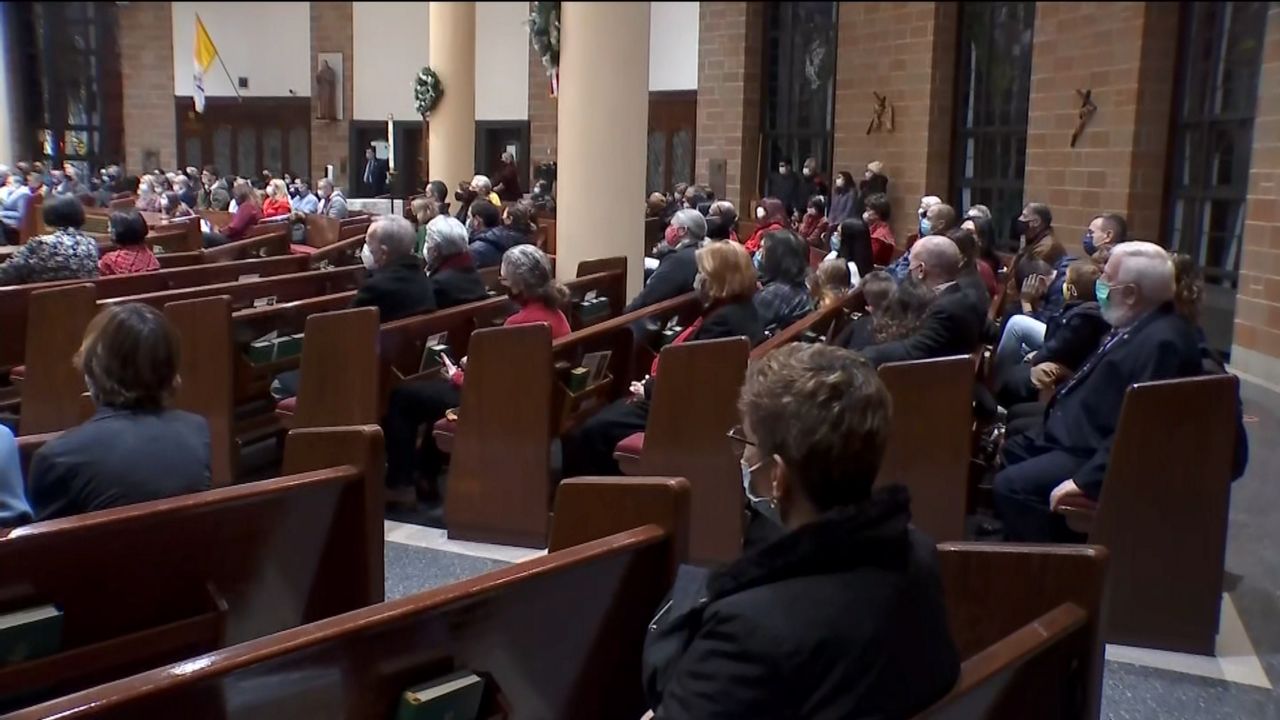Dr. Vasantha Kondamudi can recall when nearly every floor of the 175-year-old Brooklyn Hospital Center housed COVID-19 patients.
“By early April, the entire hospital was 90% of them. They had COVID patients,” said Kondamudi, the hospital’s senior chief medical officer.
Now there are only seven COVID-19 patients, but the hospital itself is fighting to survive, challenged by years of financial strain, compounded by revenue losses caused by the pandemic.
“I can tell you it was getting worse for us year by year, tougher and tougher to break even,” said Gary Terrinoni, president and chief executive officer.
Terrinoni has made improving the hospital’s financial health a priority.
As a so-called safety net hospital, the Brooklyn Hospital Center routinely provides services regardless of a patent's insurance status. Terrinoni says the challenge is that 75% of the hospital’s patients are covered by Medicaid or Medicare, but the programs only pay 70 to 90 cents of each dollar the hospital spends caring for them.
“Think about any other business where you’re at 75% of your business and the reimbursement doesn’t cover the cost of providing services,” he said.
Before COVID-19, Terrinoni developed a plan to leverage the hospital’s real estate portfolio to close the gap and pay for needed upgrades. He sold one building last year for $95 million. But COVID-19 cost the hospital revenue when patients canceled elective surgeries and emergency department volume for non-COVID-19 medical issues declined.
Emergency room visits remain low, down 20 to 40%. The hospital projects close to a $100 million shortfall this year.
“It was hard enough before and getting harder because of the inequities of revenue reimbursement, but then you put something like this on you, it’s just extremely difficult,” explained Terrinoni.
The federal government threw a lifeline, providing $48 million in aid, but the hospital must start making payments in April on a separate $41 million federal loan. To compensate, the hospital is downsizing through retirements and attrition, and it canceled marketing contracts, which saved about $800,000.
Terrinoni believes safety-net hospitals should not be forced to make such cuts simply to survive during a public health crisis, so providers like Dr. Kondamudi can serve the people hit hardest.
“We need to rethink that in New York and maybe the rest of the country so that safety-net hospitals do not disappear,” Terrinoni said.









